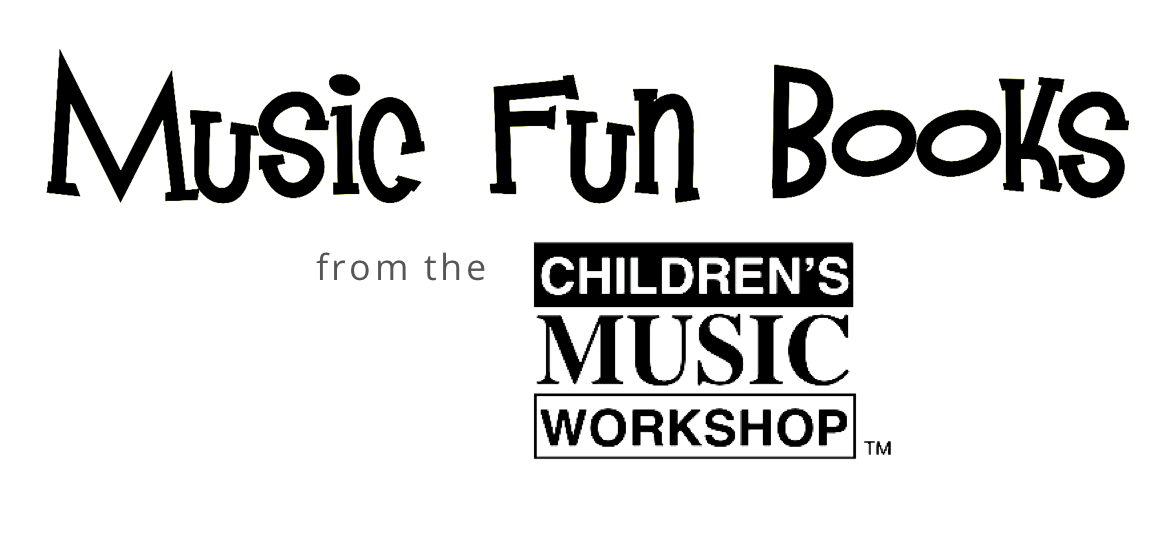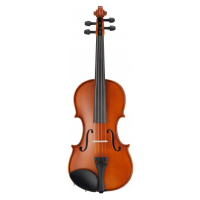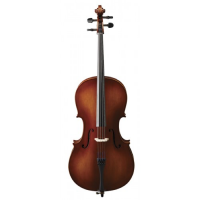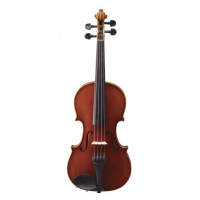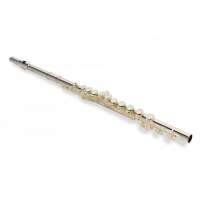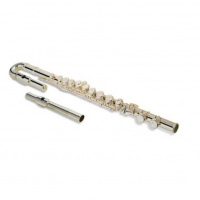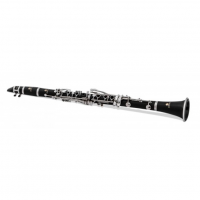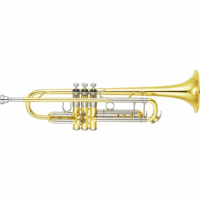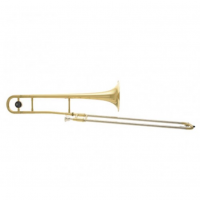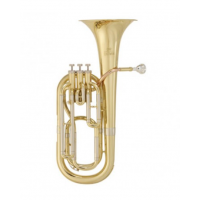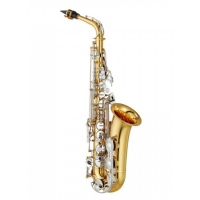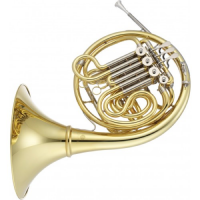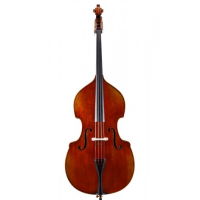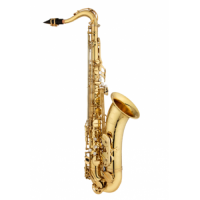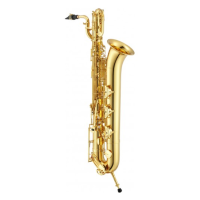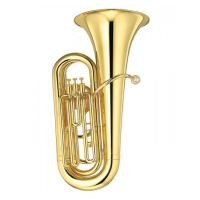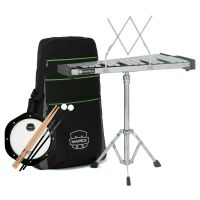History of the Single French Horn
How well do you know the history of the single french horn?
Despite its name, the "French" horn is actually a German invention. The reason for this inaccurate naming is no longer known, but the name persists to this day.
The modern french horn has its roots in the design of a beautiful but somewhat crude early instrument: the monotone hunting horn. These horns had a long tube bent into a circle with small flared ends. They were not heard in a performance setting until they began appearing occasionally in scores for operas in the 1500s, but their use was limited to creating a sound evocative of the hunt.
Horns of this type drew their inspiration from the form and function of horns crafted from animal horns, which could be blown to make a loud, commanding tone. Eventually craftsmen began mimicking the shape and sound in metal, usually brass. However, these instruments could only produce one primary note plus that note's harmonic series with a range that depended on the skill of the hornist.
Since each horn was tuned to just one primary note, changing keys meant using a different horn. It wasn't until the 18th century that the means to change the key of a specific horn, using removable horn sections called "crooks," was invented by Anton Joseph Hampel, a German musician. Still, the horn player would have to physically switch out the crooks, so this effectively limited the player to one pitch series for each piece they played.
One major breakthrough came when it was discovered (by an unknown pioneer) that covering the bell of the horn resulted in a lower tone. This move was called "stopping." As the technique spread, most players did this by placing their right hand into the bell, which changed the length of the horn and allowed the production of a wider range of notes.
In the 1800s, the valve was invented to replace the crooks. This was a key advancement that gave the horn player a completely chromatic instrument at last and made the modern single and double french horns possible. However, the name of the ultimate inventor of the valve is contested. Historians credit both Heinrich Stoelzel and Friedrich Bluhmel as the likeliest inventors of the valve.
Early versions of valves or pistons were crude and unreliable. The idea alone ran against the popular taste for the use of horns in a musical setting, especially among players who had mastered the difficult monotone horns. Gradually, however, the capabilities of the new instrument sparked an evolution in player skills. Late in the 1800s, composers began to include chromatic lines for french horns in scores.
The double french horn arrived after the single version in the late 19th century. Once again there are two inventors cited as the first, including Fritz Kruspe and Edmund Gumpert. Kruspe is more commonly given the nod for being first.
The double french horn was designed to try and solve some of the acoustic challenges of the original single french horn. The upper registers of its pitch range are very tricky to perform accurately because the overtones are so close together. The double french horn adds a second, higher register horn (commonly a Bb horn) to the original F horn, allowing passages in that register to be played with greater ease and accuracy.
Despite the availability of double and even triple french horns, horn players consider the single french horn to be a satisfying instrument all of its own.
Famous Players
The single french horn is played mainly in a classical setting, so the finest players are generally drawn from that pool. Celebrated french horn players include Dale Clevenger, Barry Tuckwell, Phillip Farkas, Eric Ruske and Dennis Brain.








